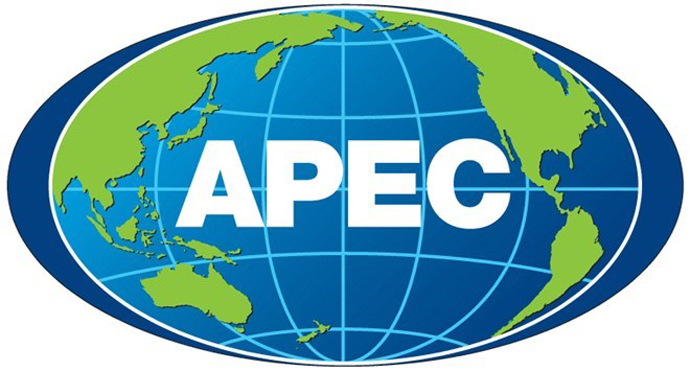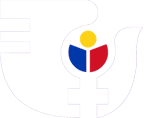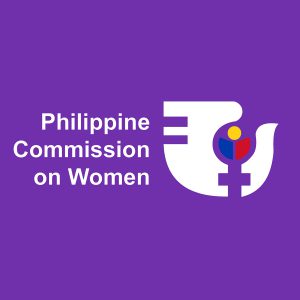Asia Pacific Economic Cooperation

The Asia-Pacific Economic Cooperation (APEC) was established in November 1989 in Canberra, Australia, with 12 founding member economies: Australia, Brunei Darussalam, Canada, Indonesia, Japan, Korea, Malaysia, New Zealand, the Philippines, Singapore, Thailand, and the United States. China; Hong Kong, China; and Chinese Taipei joined in 1991. Mexico and Papua New Guinea followed in 1993, and Chile acceded in 1994. In 1998, Peru; Russia; and Viet Nam joined, taking the full membership to 21.
APEC’s work focuses on three key areas: trade and investment liberalization, business facilitation, and economic and technical cooperation. It aims to create greater posterity for the people by promoting balanced, inclusive, sustainable, innovative, secure growth and advancing regional economic integration.
APEC is the world’s sole intergovernmental grouping with no treaty obligations required of its participants. It operates based on non-binding commitments, open dialogue, and equal respect for the views of all its members. Within APEC, all decisions are reached by consensus and commitments that are undertaken on a voluntary basis by its participants.
APEC recognizes that women are critical to achieving sustainable economic development in the region. APEC’s agenda emphasizes the significance of women’s economic empowerment and the greater inclusion of women in the regional economy. In 1998, it held its First Ministerial Meeting on Women in the Philippines, which resulted in adopting the “Framework for the Integration of Women in APEC” within APEC groups.
To support the implementation of the Framework, the following APEC groups on women were established:
- The Women Leaders Network (WLN), an informal, dynamic network founded in Manila, Philippines, in 1996, brought together women leaders in the private and public sectors to provide policy recommendations to APEC officials. Some of its major accomplishments are:
- First two Ministerial Meetings for Women
- Creation of the APEC Gender Focal Point Network (GFPN)
- Recognition of the “unique contribution of indigenous women” to the economy by the APEC Ministers Responsible for Trade in 1999
- An Ad-Hoc Advisory Group on Gender Integration (AGGI) was created to oversee the implementation of the Framework for the Integration of Women in APEC. Upon expiration of the AGGI’s mandate in 2002, the Gender Focal Point Network (GFPN) was established to maintain awareness on gender issues within APEC, providing a mechanism to integrate gender considerations into APEC activities and provide policy advice on gender issues.
Eventually, the WLN and the GFPN created the APEC Policy Partnership on Women and the Economy (PPWE) in 2011.

